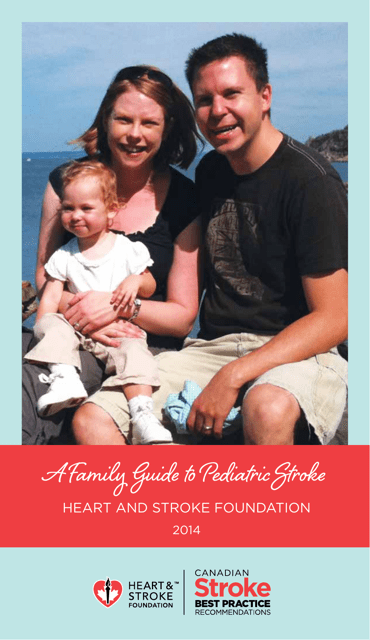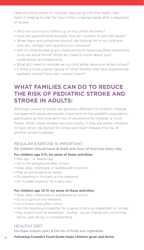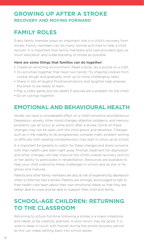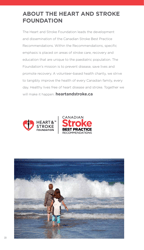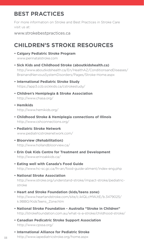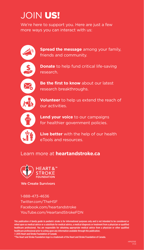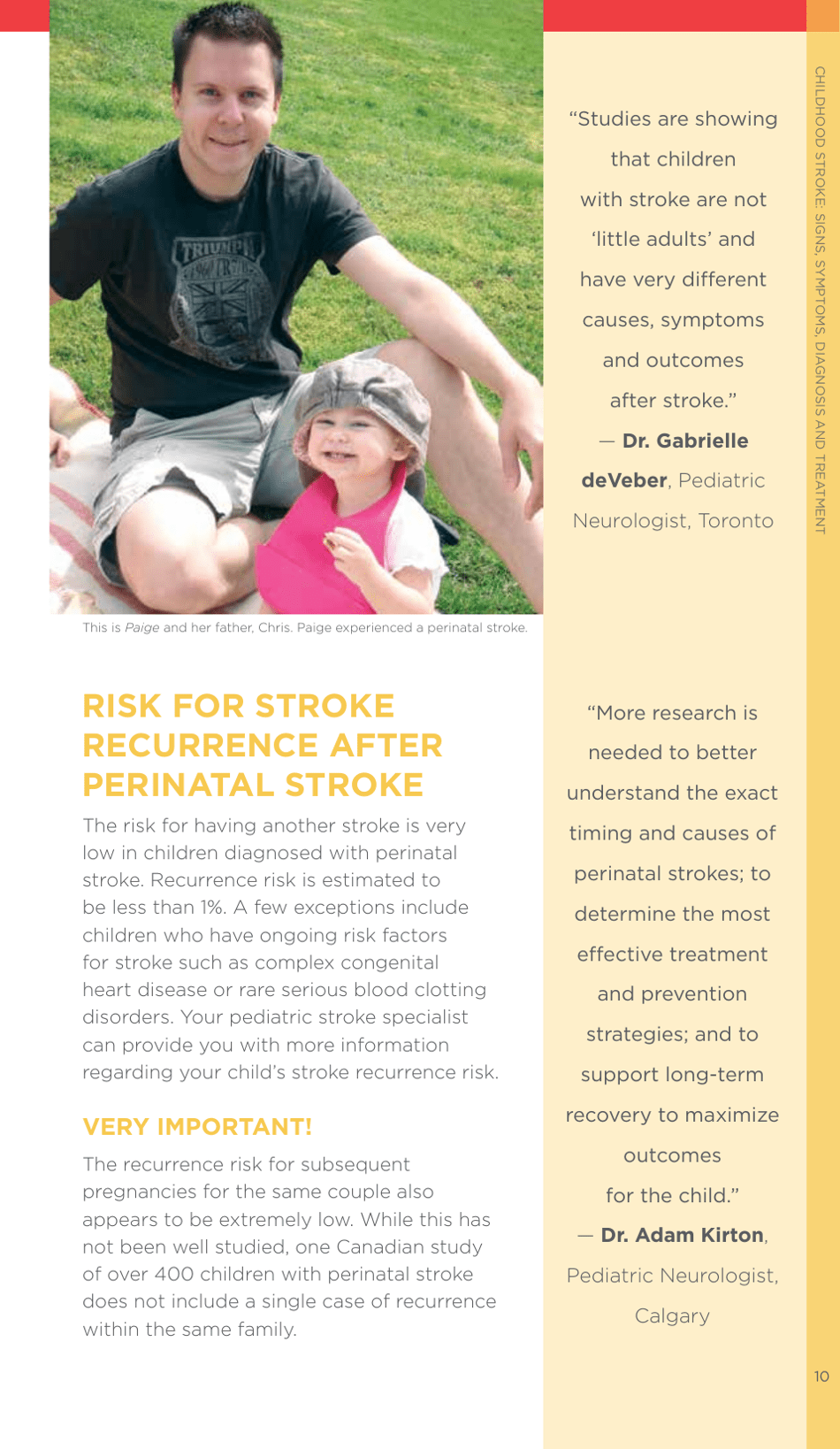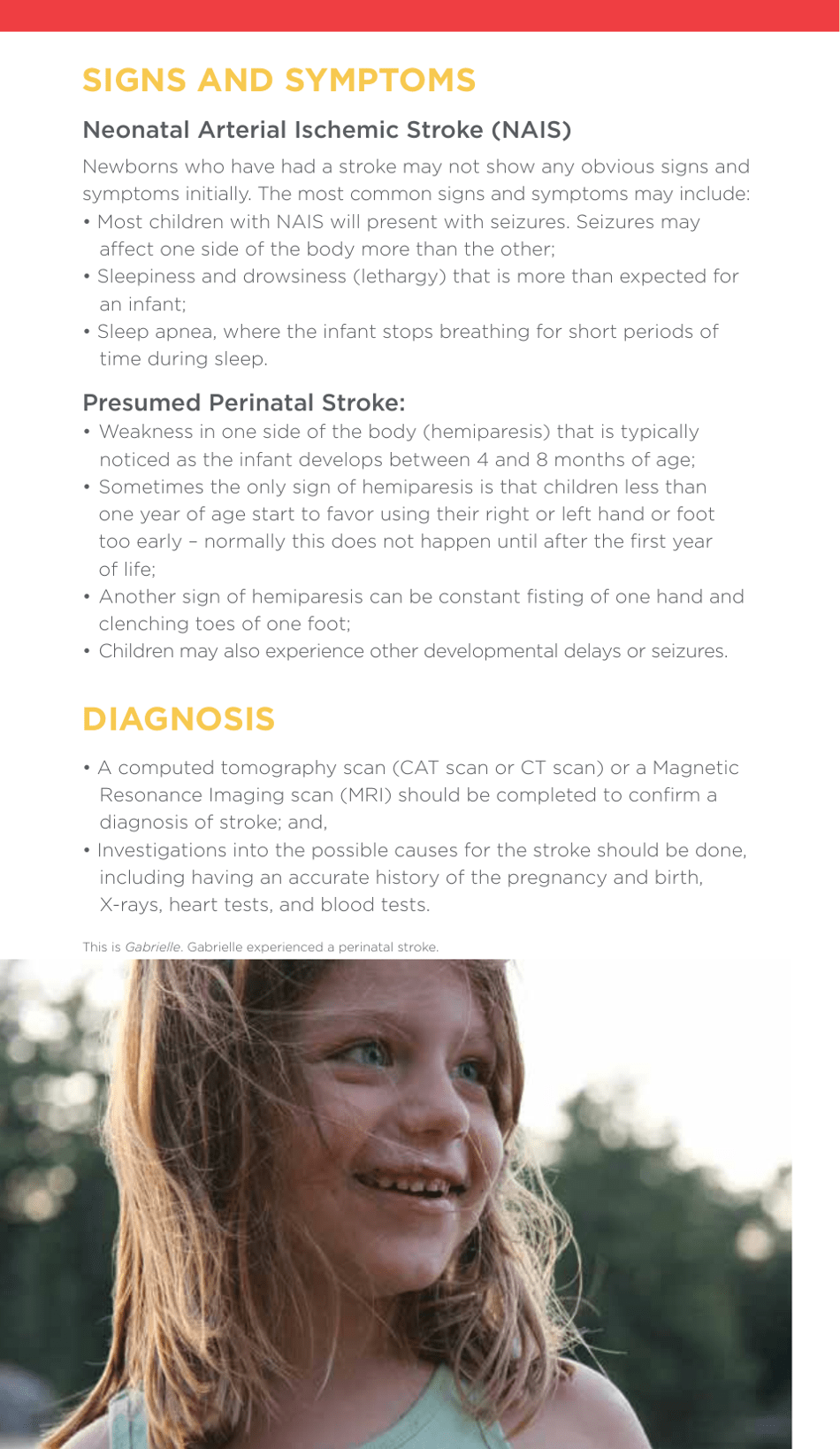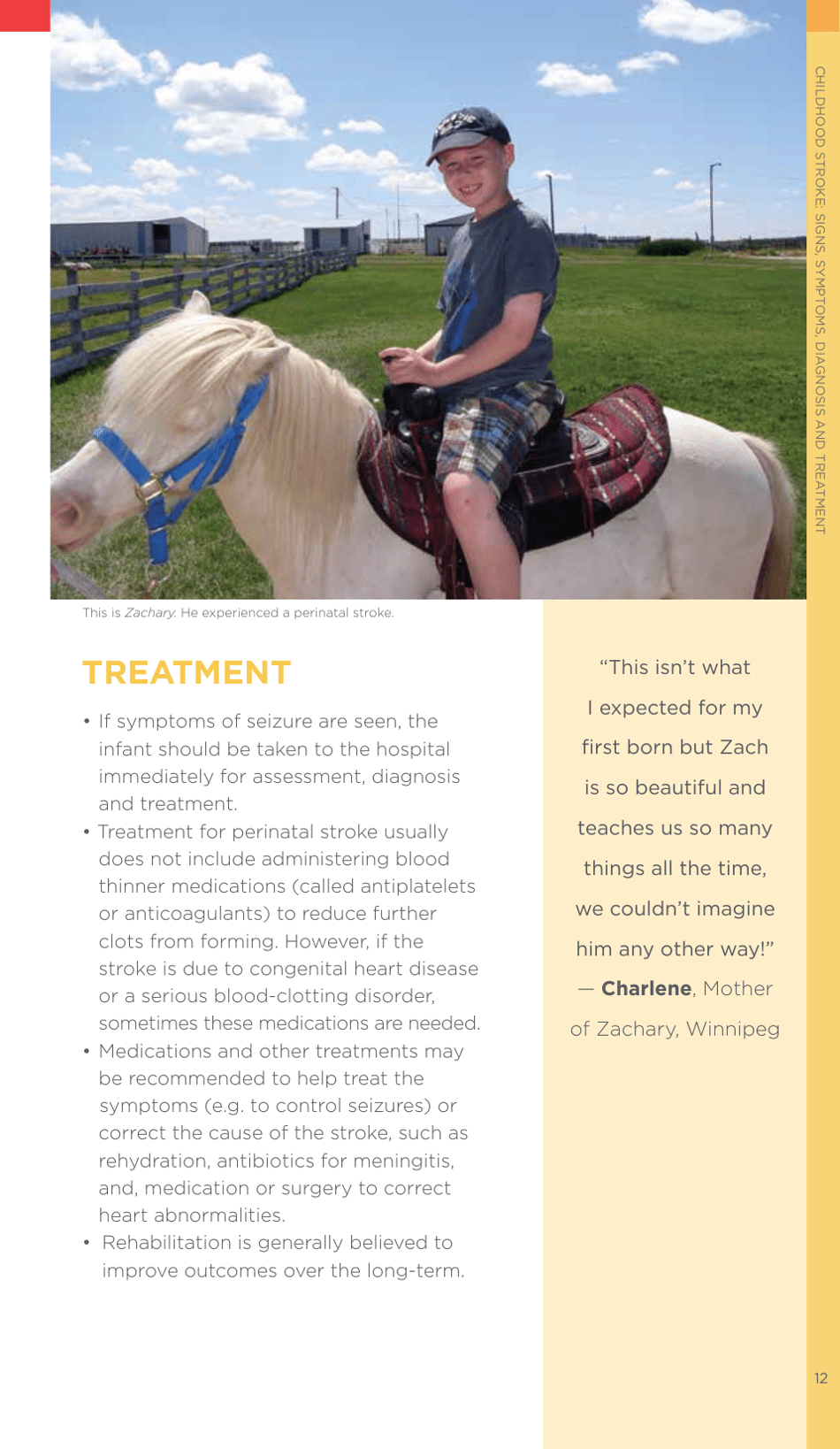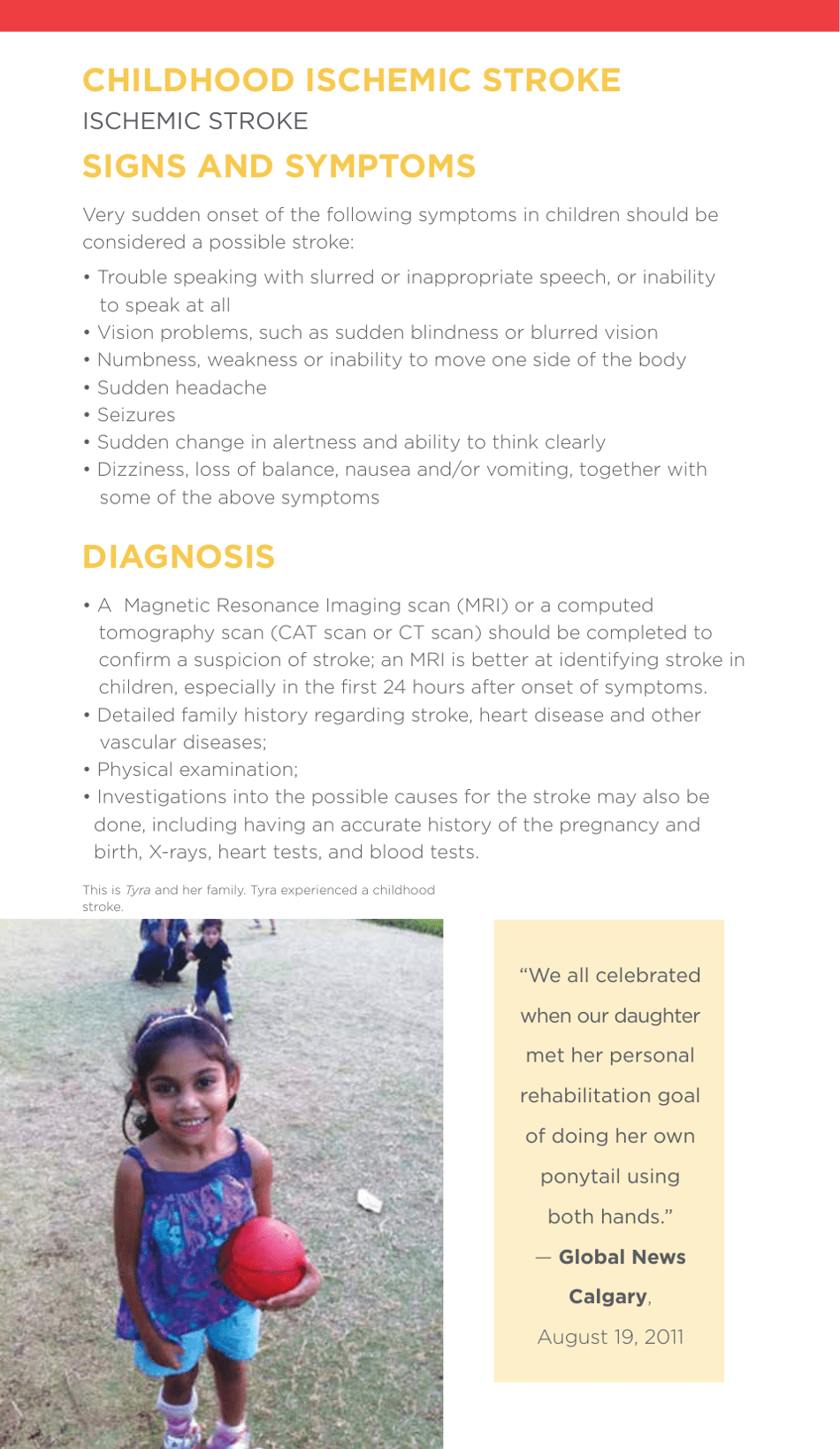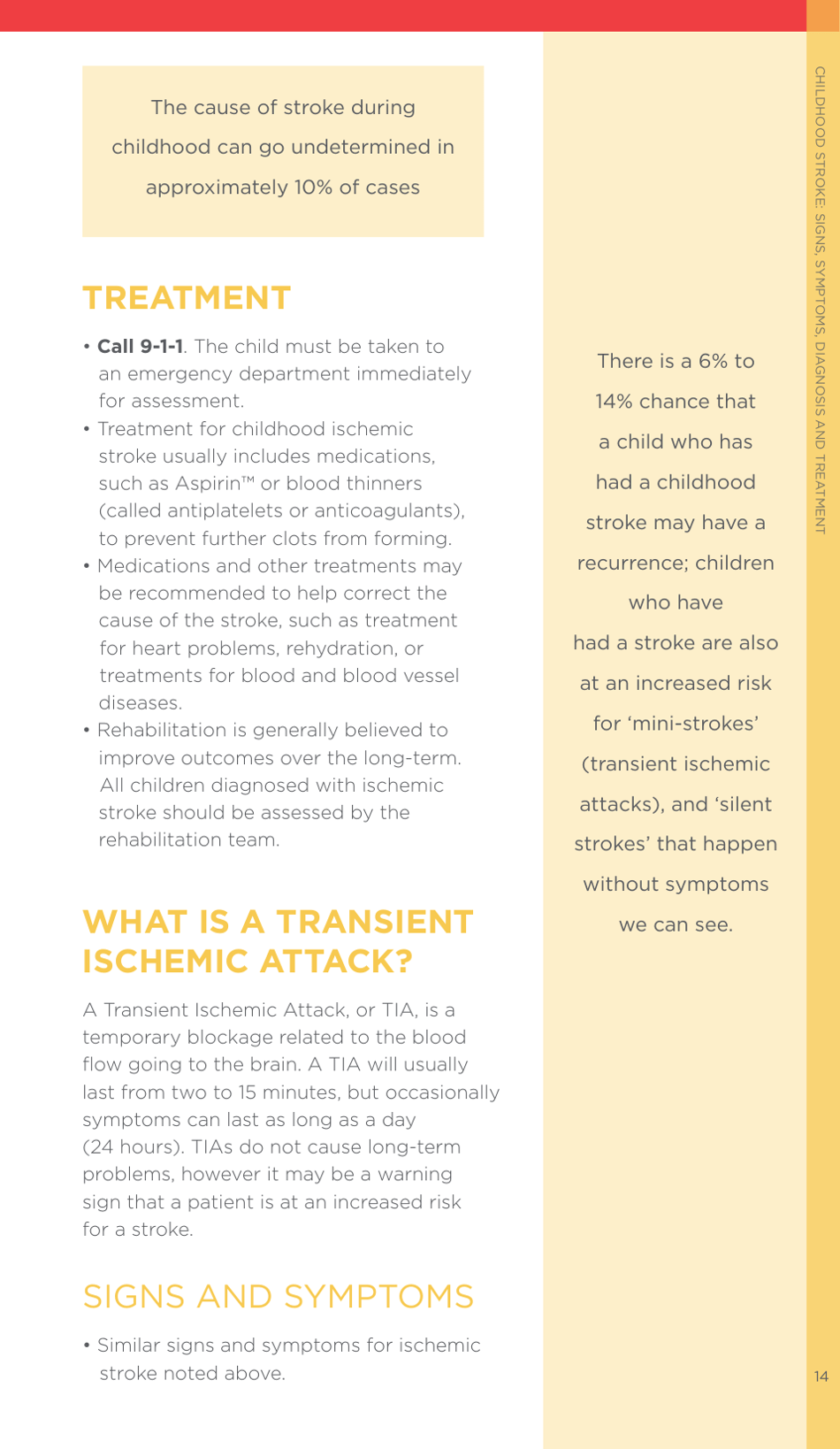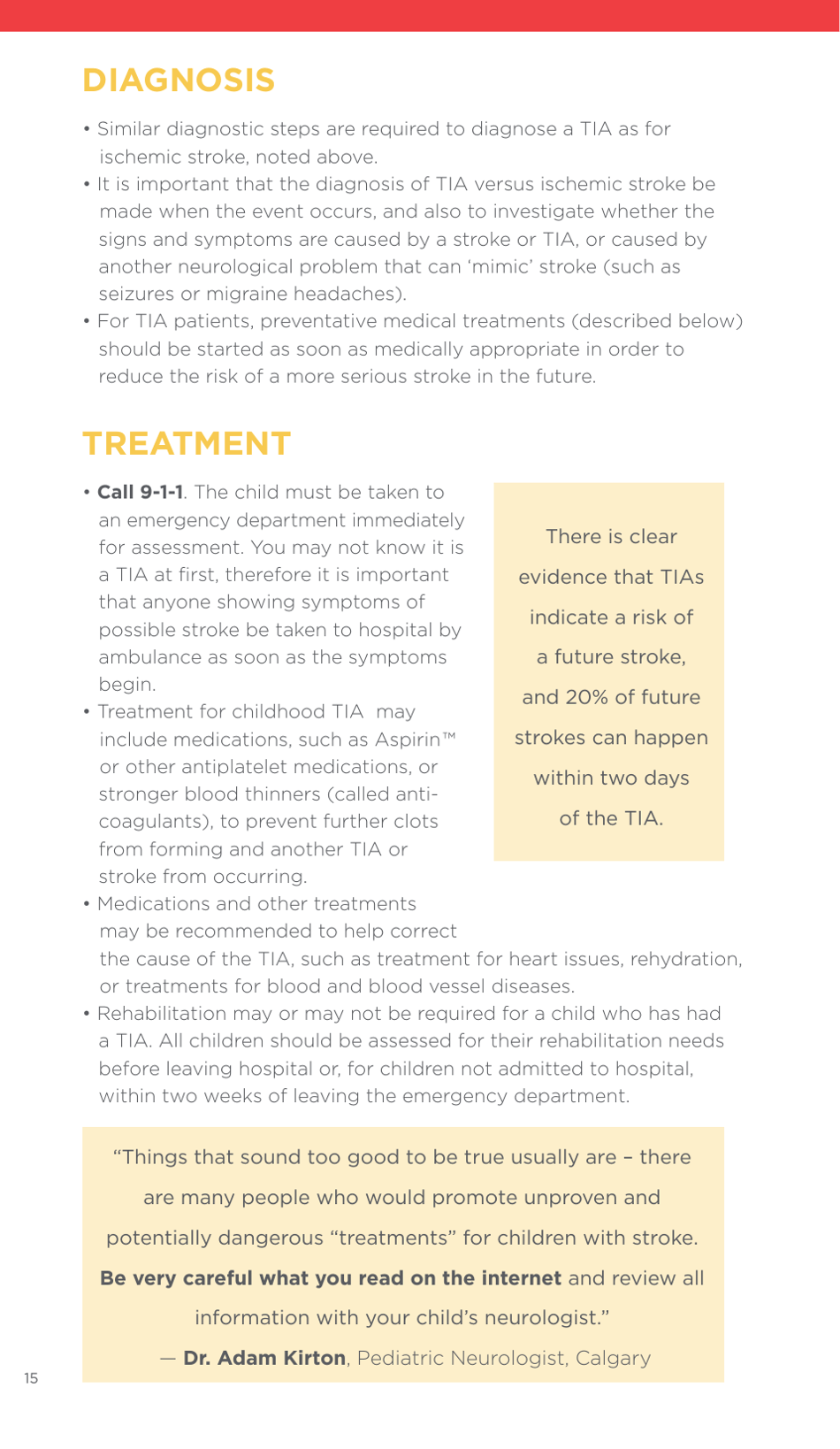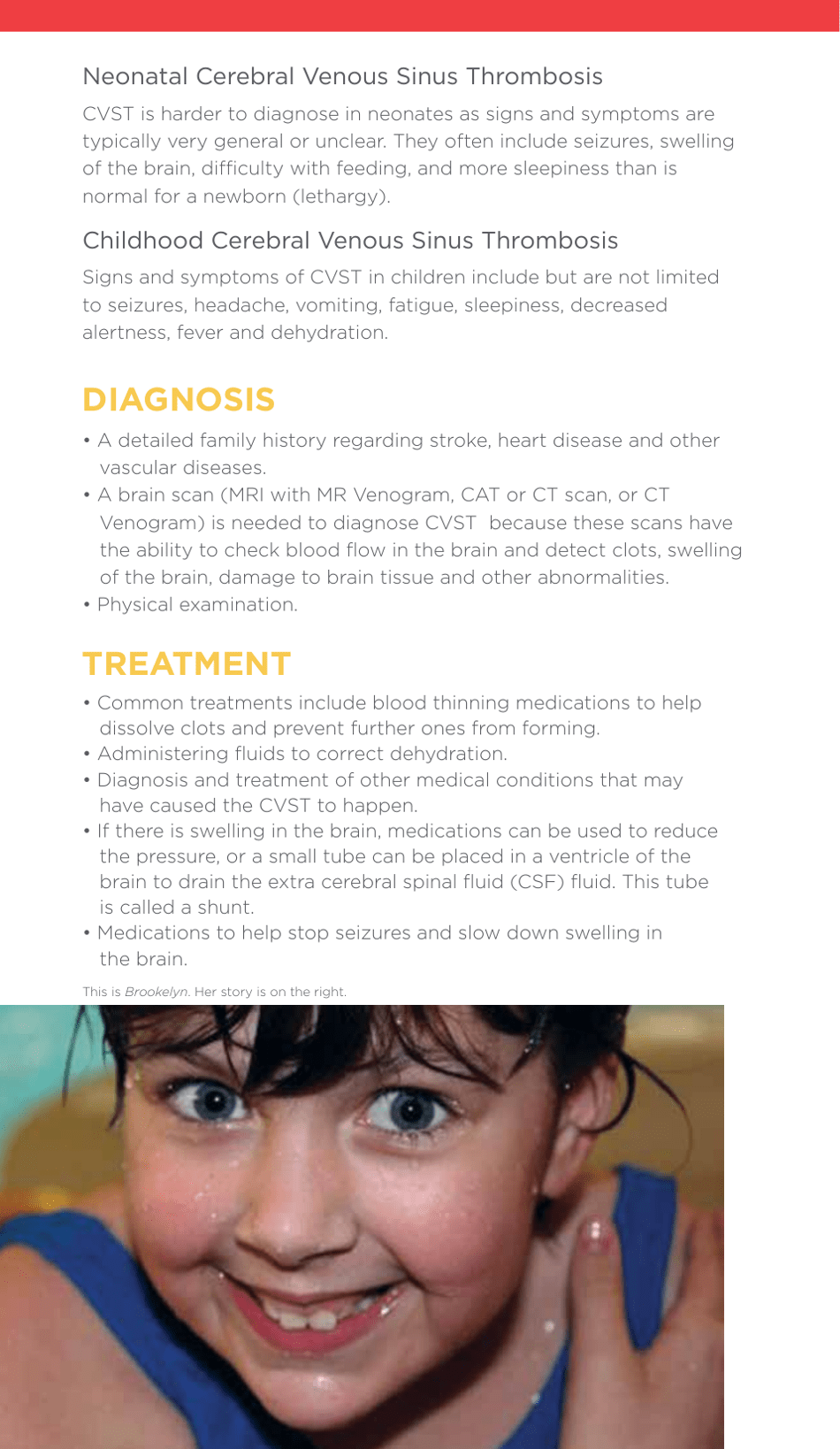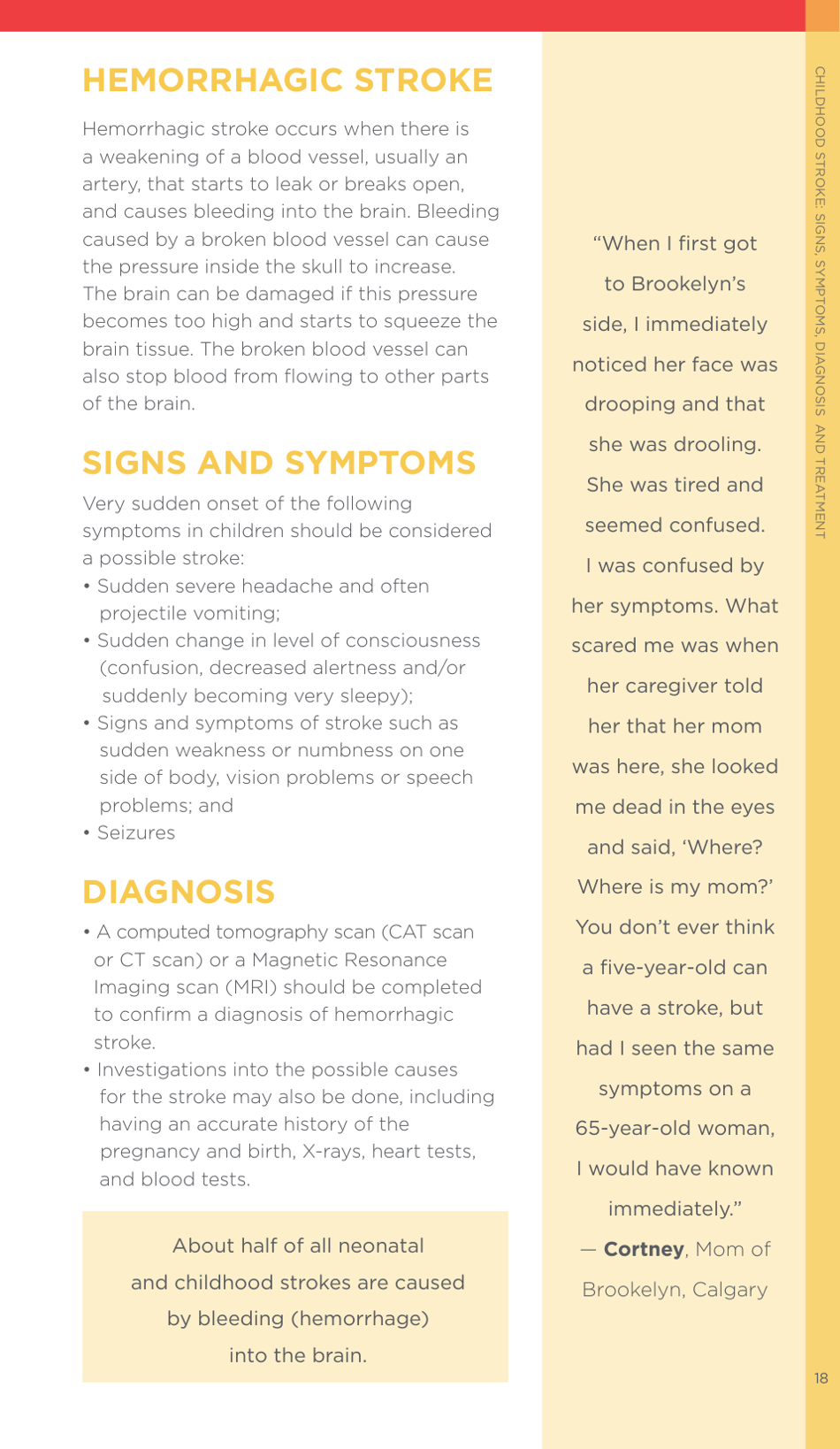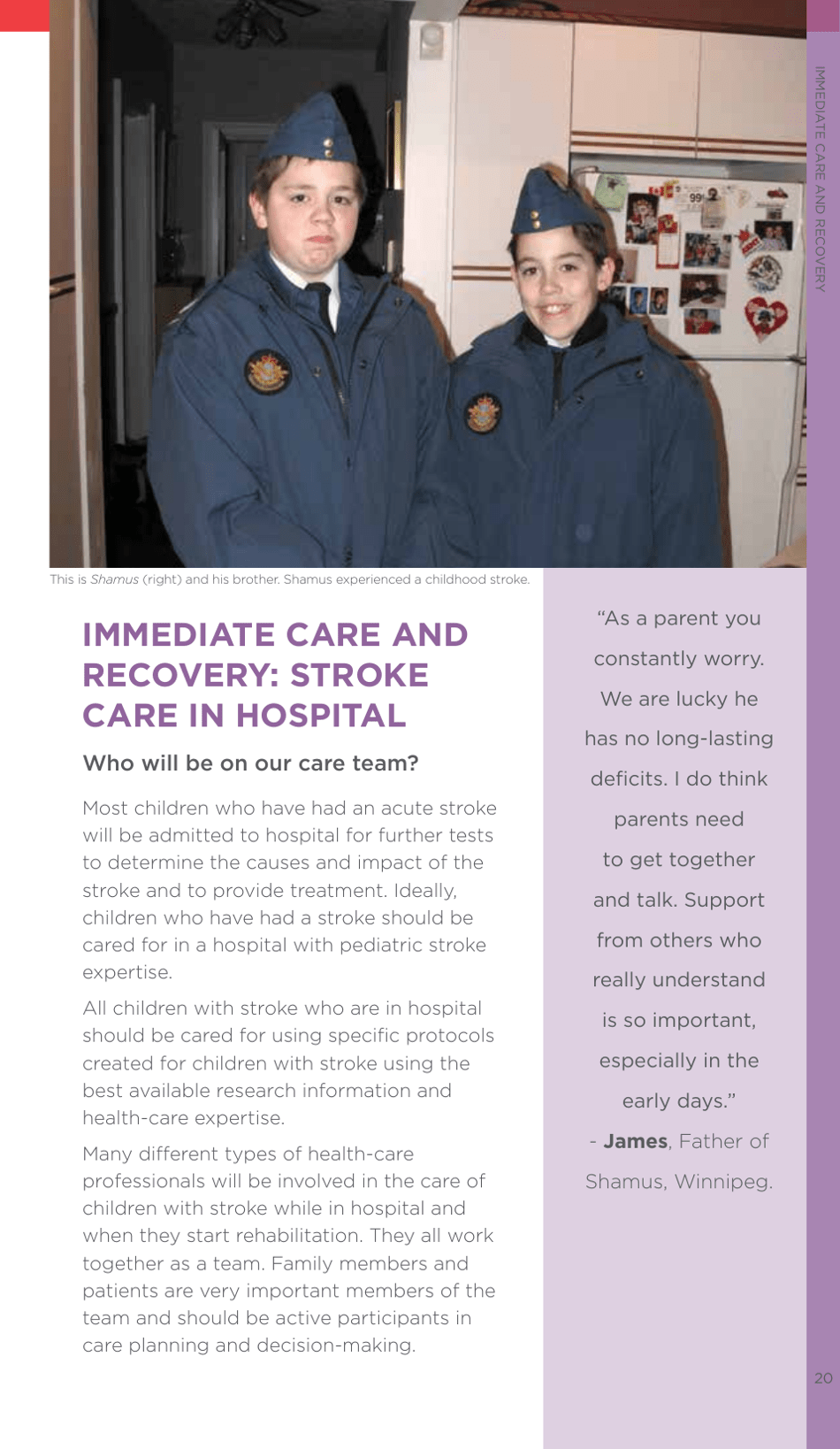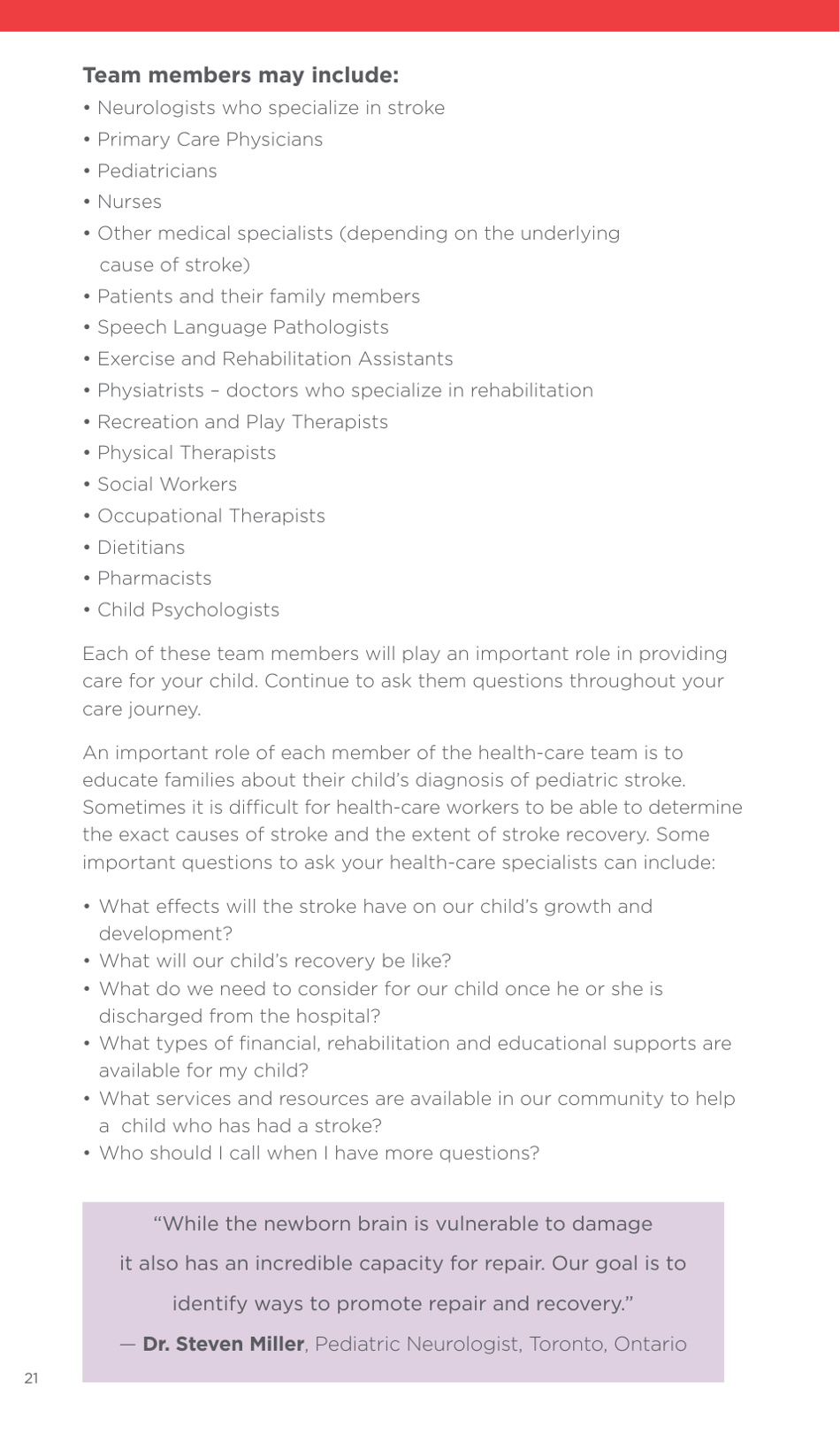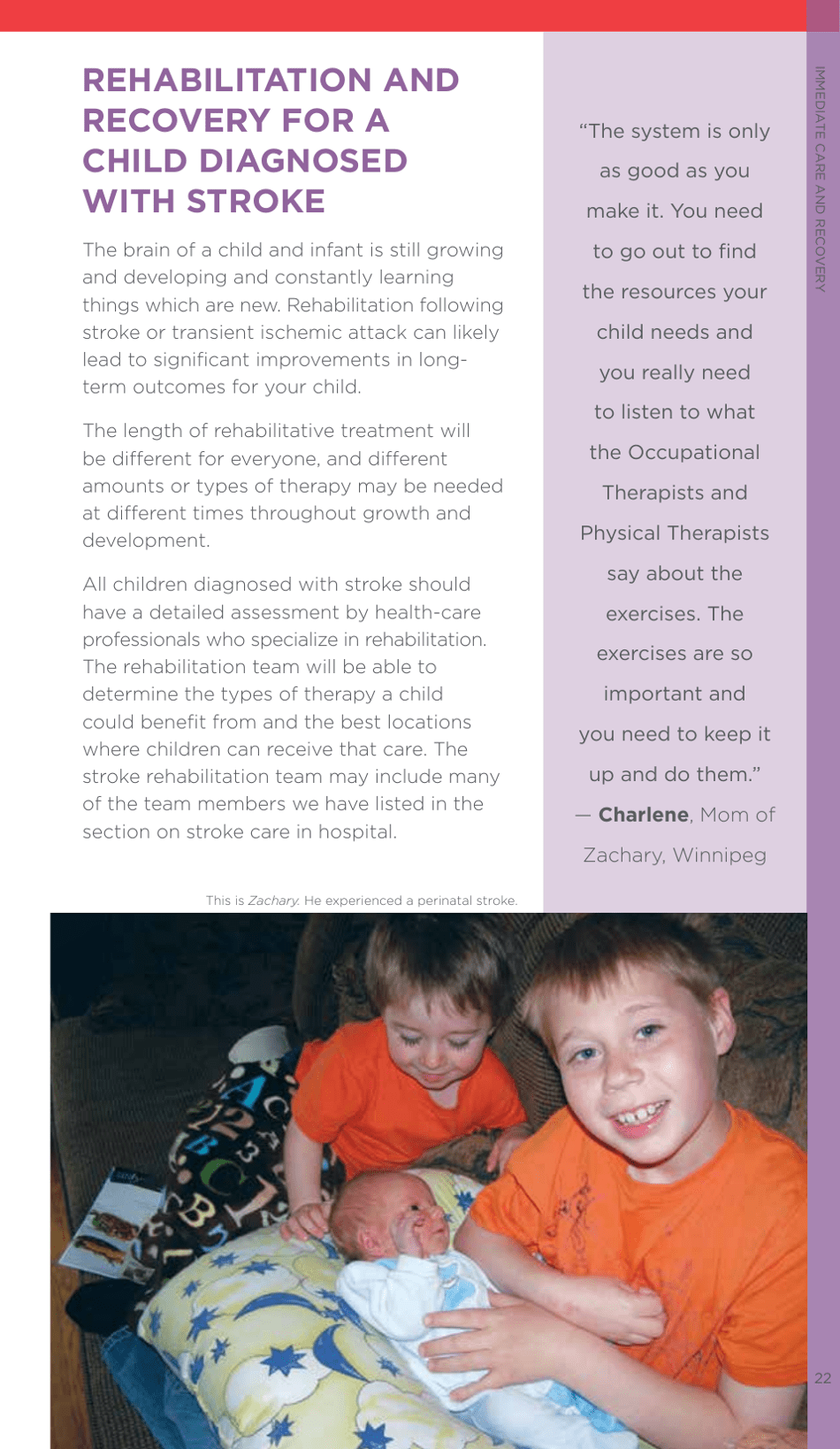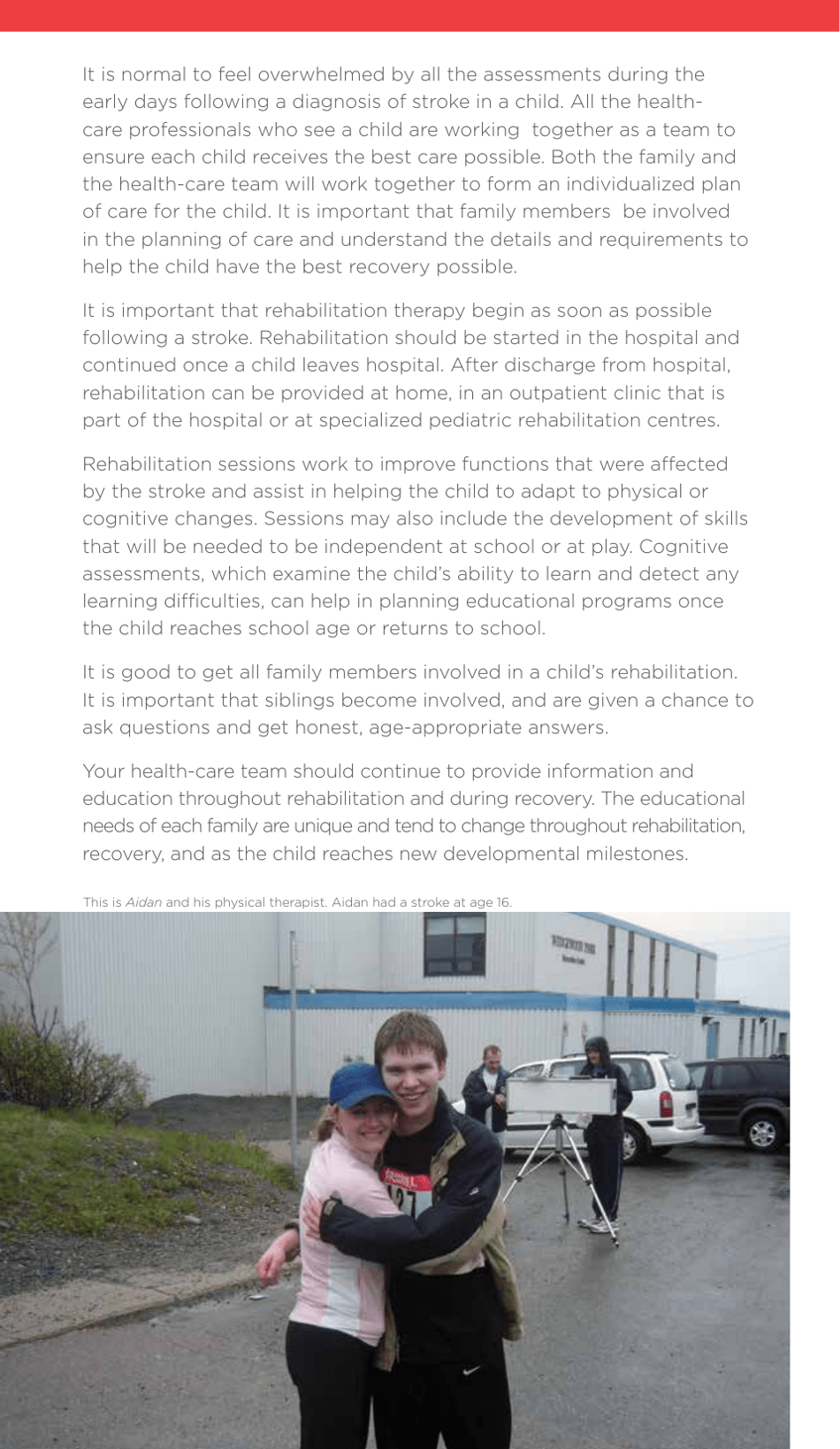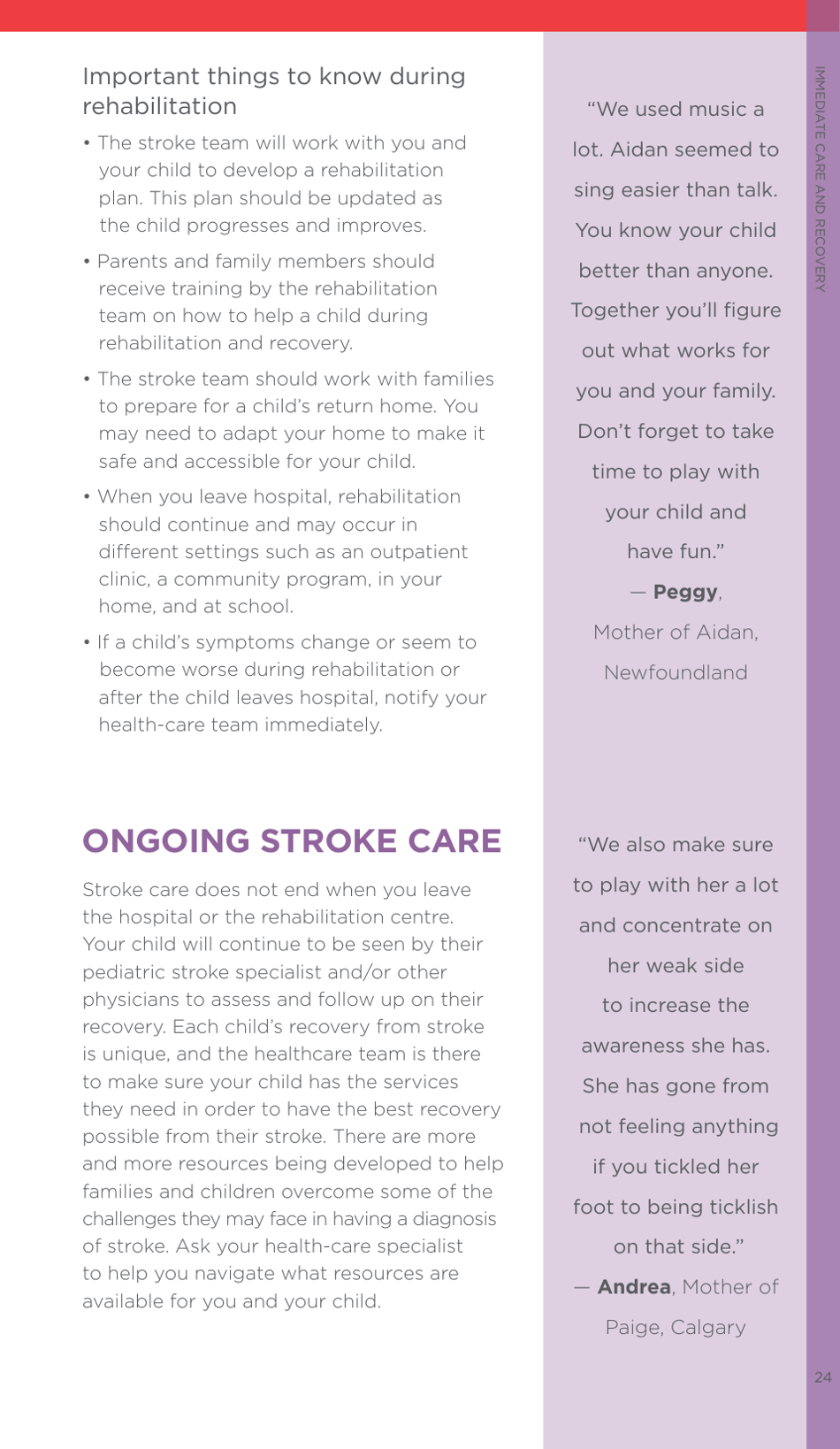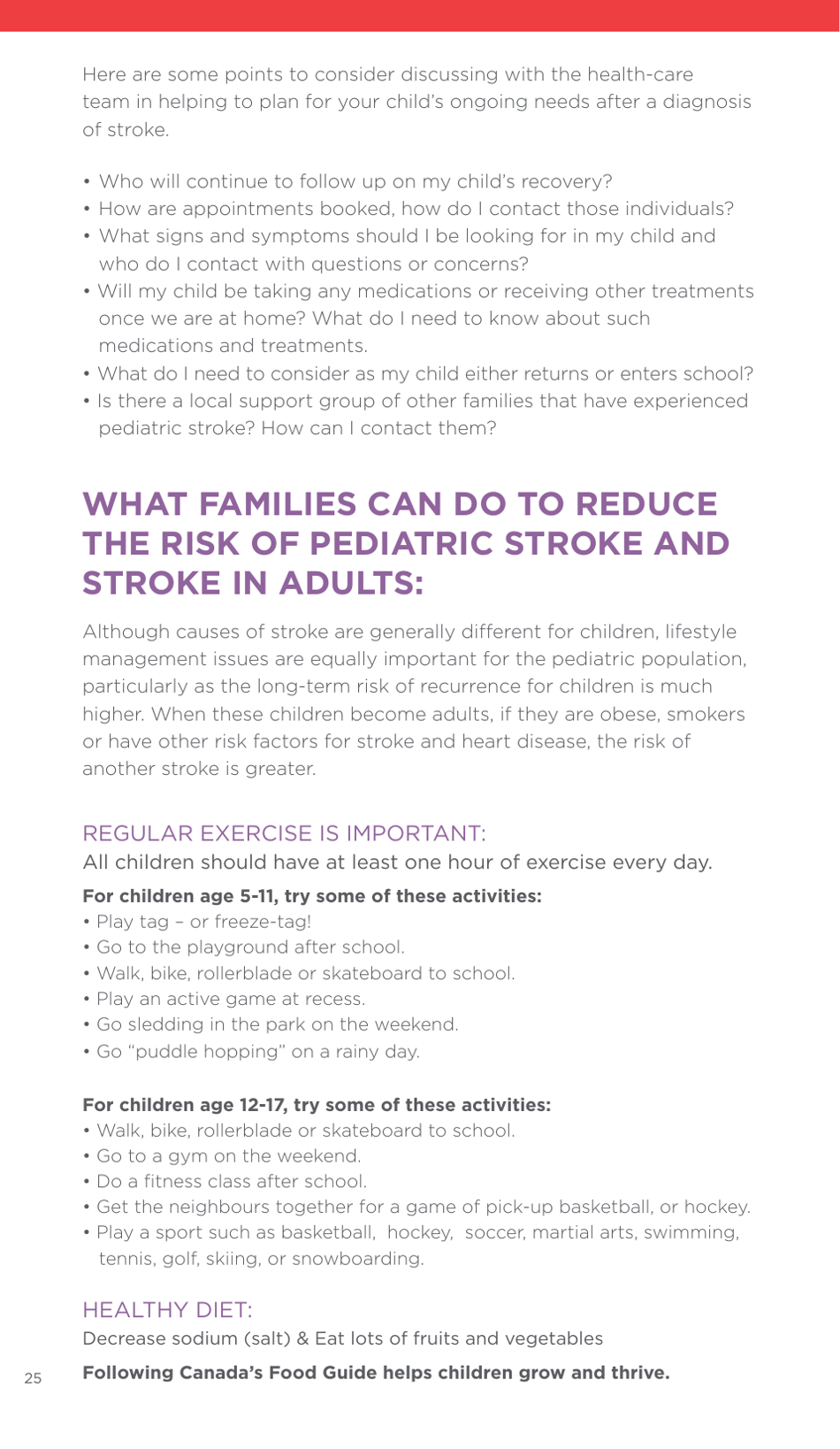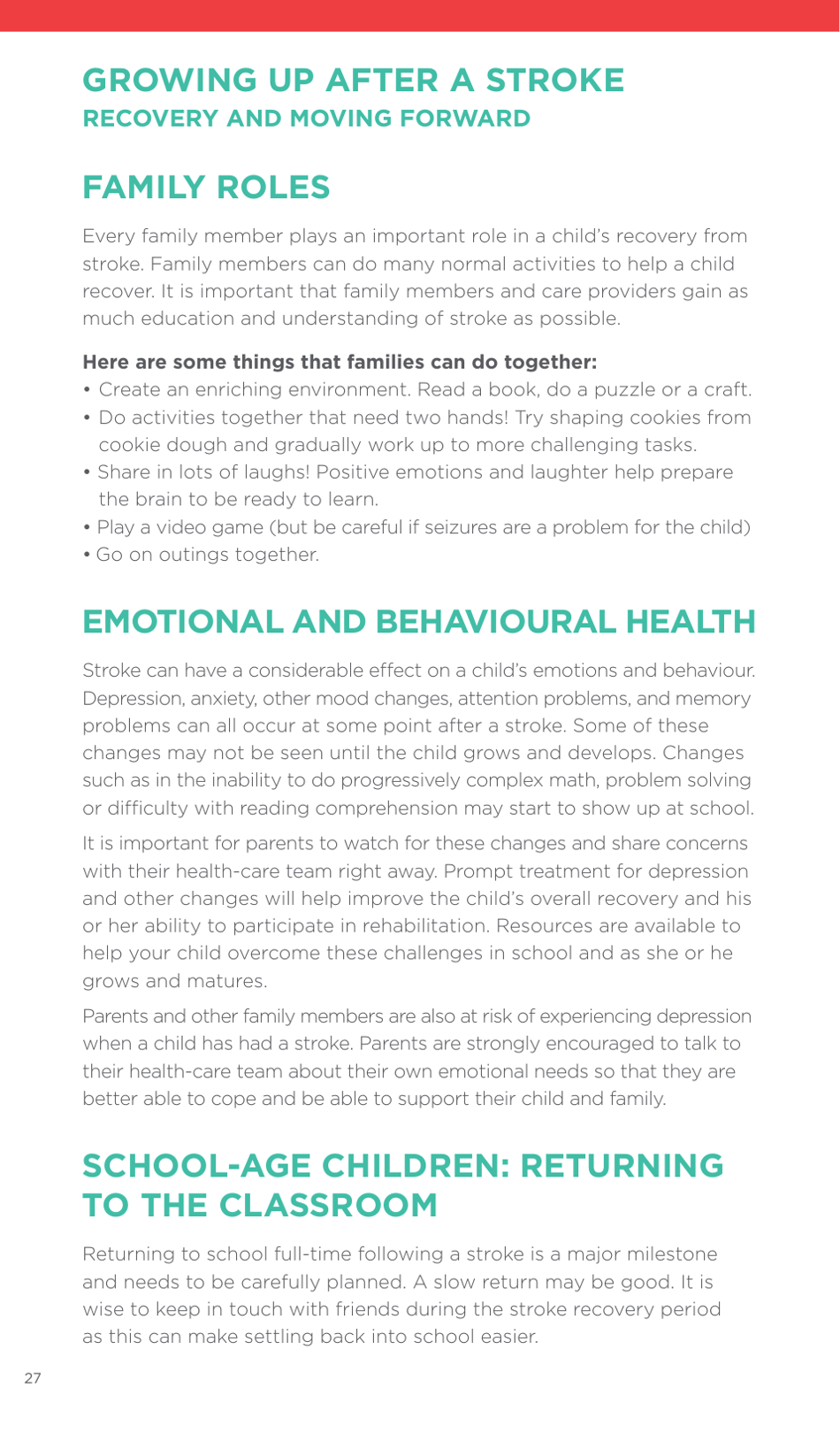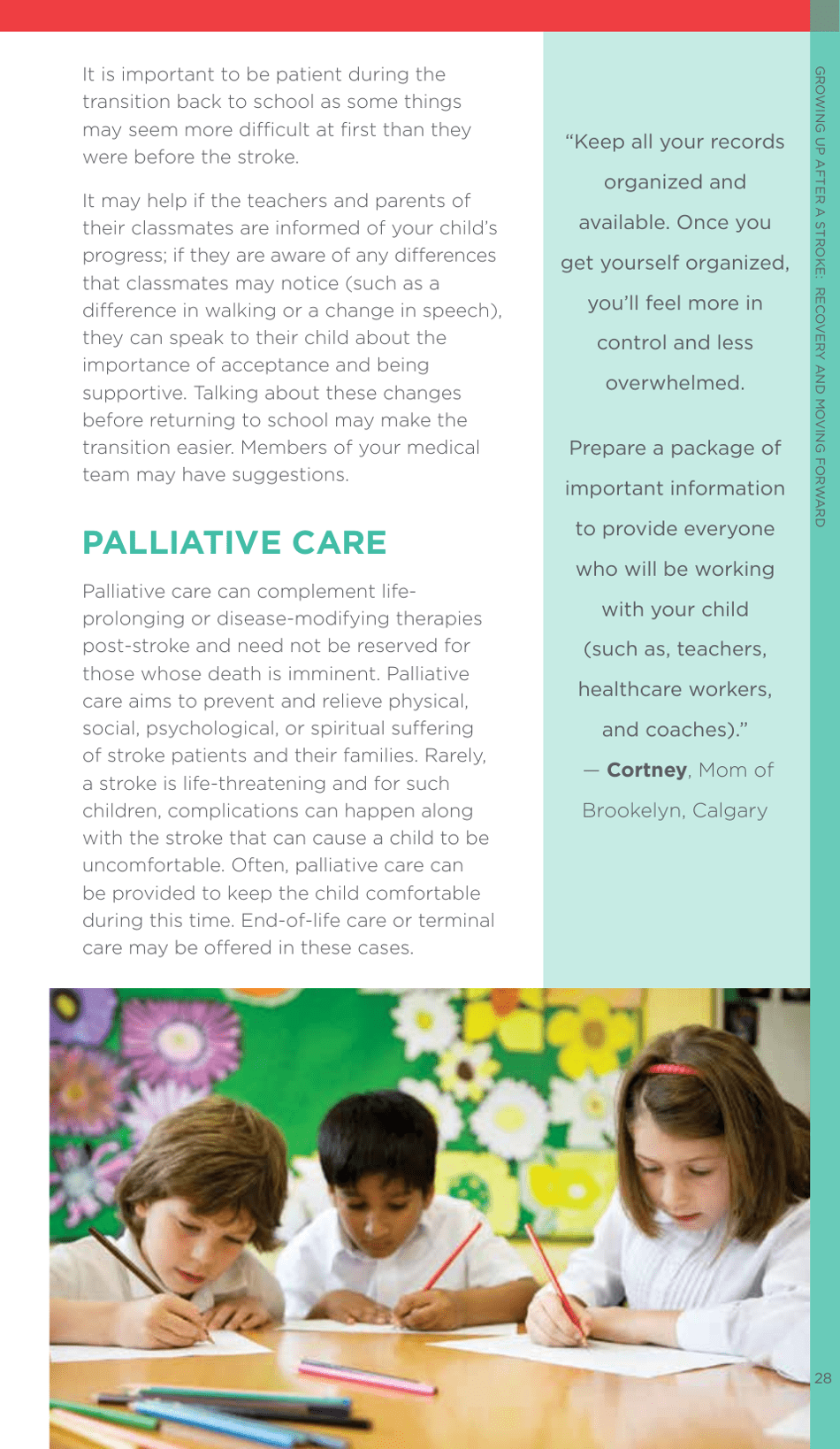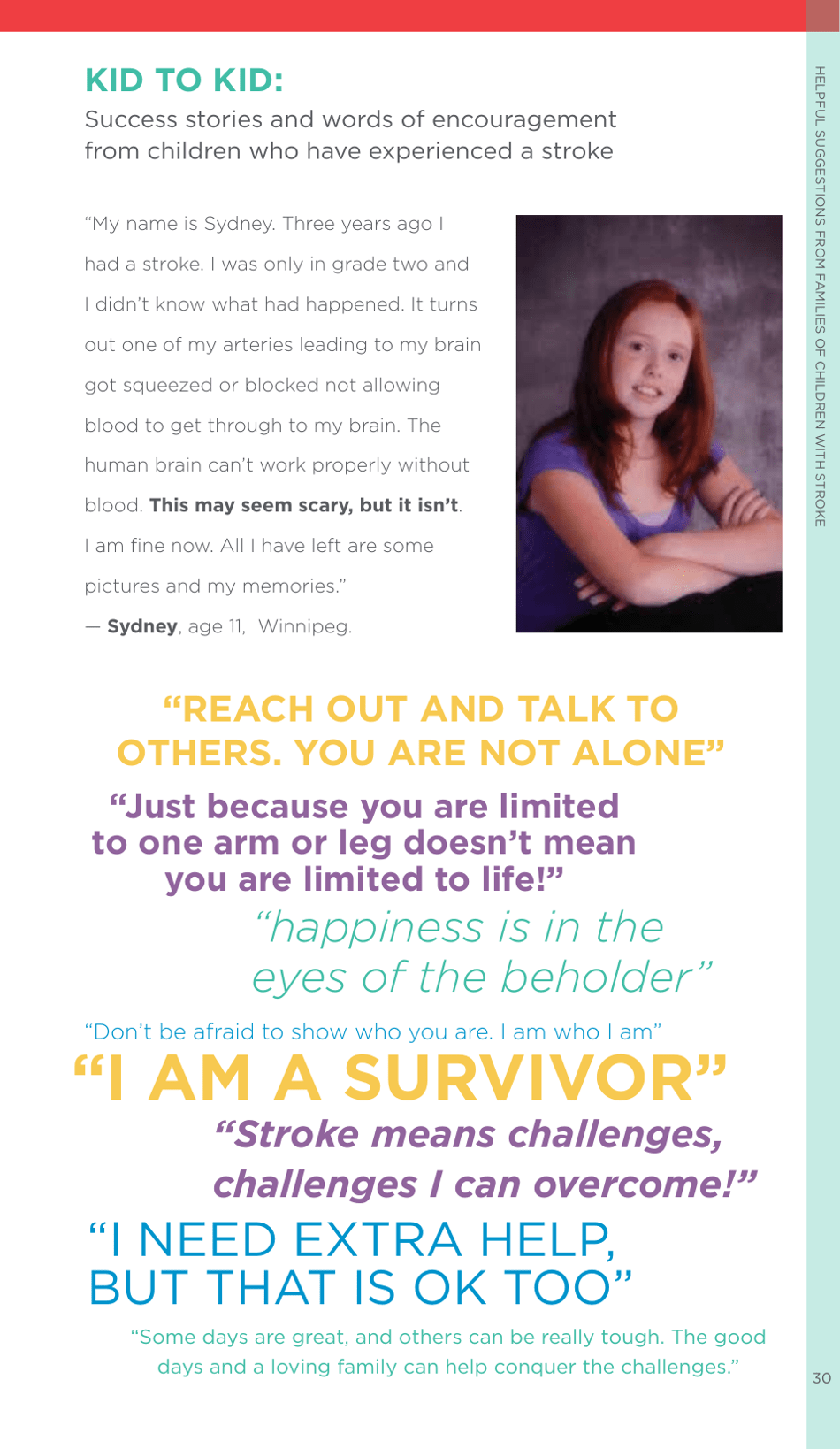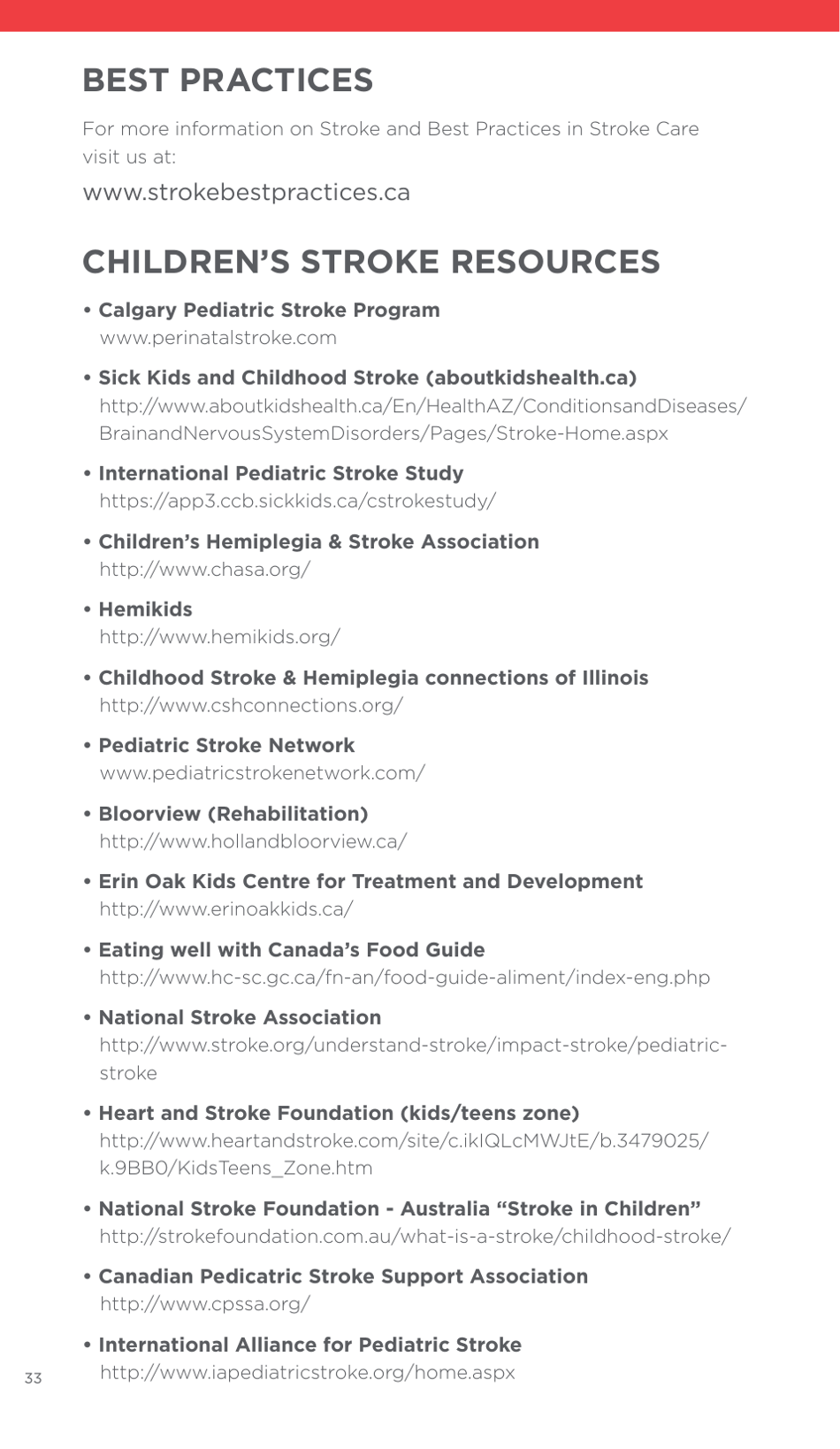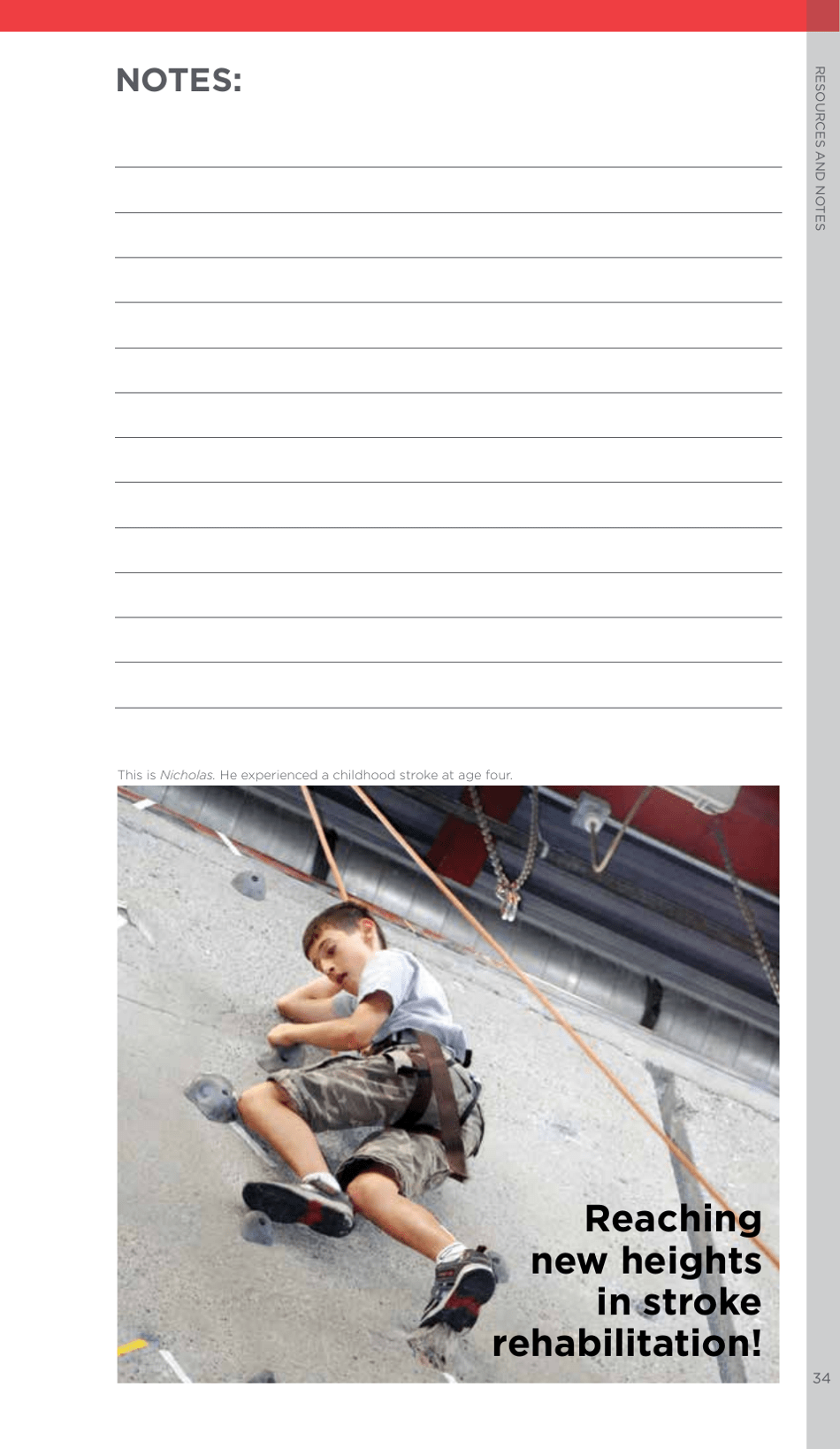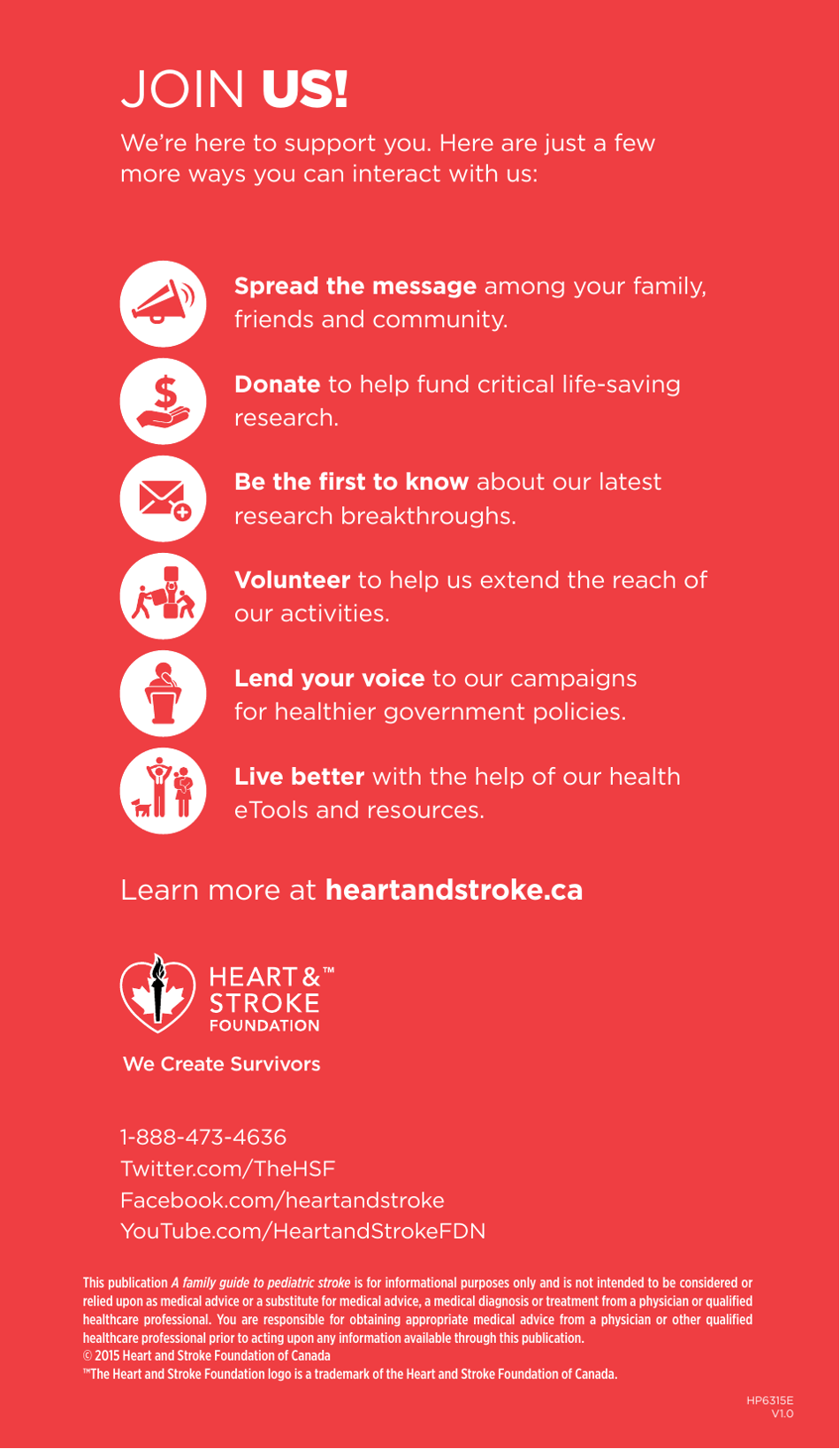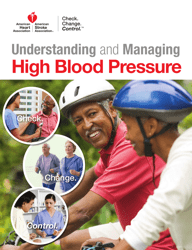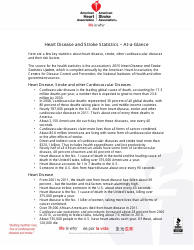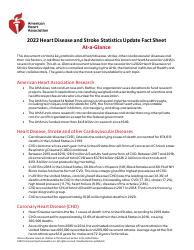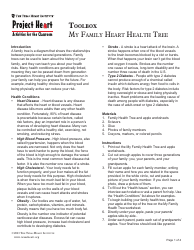A Family Guide to Pediatric Stroke - Heart and Stroke Foundation - Canada
A Family Guide to Pediatric Stroke provided by the Heart and Stroke Foundation of Canada is a resource for families to understand and navigate the challenges related to pediatric stroke. It offers information and support to parents and caregivers, helping them learn about the signs, risk factors, and treatment options for pediatric stroke.
The A Family Guide to Pediatric Stroke is published by the Heart and Stroke Foundation in Canada.
FAQ
Q: What is pediatric stroke?
A: Pediatric stroke is a condition where the blood flow to a child's brain is disrupted, causing damage.
Q: What are the signs and symptoms of pediatric stroke?
A: Signs and symptoms of pediatric stroke can include sudden weakness or numbness, difficulty with speech or swallowing, severe headache, and changes in vision.
Q: What causes pediatric stroke?
A: Pediatric stroke can be caused by various factors including blood clots, arterial dissection, or issues with blood vessels in the brain.
Q: How is pediatric stroke diagnosed?
A: Pediatric stroke is diagnosed through a combination of physical examination, medical history review, imaging tests, and blood tests.
Q: What are the treatment options for pediatric stroke?
A: Treatment options for pediatric stroke may include medications to prevent blood clots, surgery to repair blood vessels, and rehabilitation therapies to aid recovery.
Q: Can pediatric stroke be prevented?
A: While it is not always possible to prevent pediatric stroke, certain lifestyle factors such as maintaining a healthy weight and managing medical conditions can help reduce the risk.
Q: Is pediatric stroke a common condition?
A: Pediatric stroke is relatively rare, but it can occur in children of all ages, including infants.
